Lessons Learned: Success Stories and Challenges in ERP
Implementing an ERP (Enterprise Resource Planning) system can significantly streamline business operations, enhance efficiency, and improve decision-making. However, the journey toward ERP adoption is not without its challenges. Understanding the success stories and challenges in ERP implementation can provide valuable insights into how businesses can achieve the best results and avoid common pitfalls.
Key Takeaways from ERP Success Stories
While implementing an ERP system can be a complex process, several businesses have seen impressive results. Here are some key lessons learned from successful ERP implementations:
- Clear Objectives and Goals: Successful ERP implementations begin with a clear understanding of what the system aims to achieve. Businesses that defined clear goals, such as improving inventory management or optimizing supply chain operations, saw better outcomes.
- Stakeholder Buy-In: Engaging key stakeholders from the beginning is essential. Employees at all levels should be part of the decision-making process to ensure smooth adoption and minimize resistance to change.
- Comprehensive Training: Proper training ensures that employees understand how to use the new system effectively. Organizations that invested in employee education and hands-on practice were more successful in adopting ERP solutions.
- Customization and Scalability: Tailoring the ERP system to fit the specific needs of the business ensures a better match between the system's capabilities and the organization’s goals. Successful ERP systems are scalable and flexible to accommodate future growth.
Common Challenges in ERP Implementation
Despite the benefits, many businesses face challenges during ERP adoption. Here are some of the most common hurdles:
- High Initial Costs: The upfront costs of ERP systems, including software, hardware, and consulting fees, can be a significant financial burden. Some companies underestimated the total cost, leading to budget overruns.
- Resistance to Change: Employees may resist the new system, especially if they are comfortable with legacy processes. Without effective change management strategies, businesses may experience slow adoption and disruptions.
- Data Migration Issues: Migrating data from legacy systems to the new ERP can be a complex and error-prone process. Inaccurate or incomplete data migration can lead to system failures and operational inefficiencies.
- Integration Complexities: Integrating ERP with existing systems, such as CRM, HR, or financial software, can be challenging. Poor integration can create silos of data, reducing the effectiveness of the ERP system.
Lessons Learned from ERP Success and Failure
The following table summarizes some lessons learned from both success stories and challenges during ERP implementations:
| Factor | Success Story Insights | Challenges Encountered |
|---|---|---|
| Goal Setting | Clear objectives lead to focused ERP adoption. | Lack of clear goals results in wasted resources and misalignment. |
| Stakeholder Involvement | Engaging stakeholders ensures smoother adoption and reduces resistance. | Not involving employees early can lead to low buy-in and pushback. |
| Training and Support | Comprehensive training improves system usage and adoption. | Insufficient training creates confusion and mistakes among employees. |
| Customization and Scalability | Customization allows for better alignment with business needs. | Failure to customize leads to an ill-fitting system, creating inefficiencies. |
| Data Migration | Careful data migration ensures accuracy and consistency. | Poor data migration causes system failures and operational delays. |
| Integration | Seamless integration with other business tools enhances effectiveness. | Integration issues can create data silos and disrupt operations. |
How to Overcome ERP Challenges
To ensure a successful ERP implementation, businesses can take several proactive steps to overcome common challenges:
- Set Realistic Expectations: Understand that ERP implementation is a long-term project with both immediate and ongoing costs. Align expectations with the resources available and plan for a phased rollout.
- Invest in Change Management: Implement a structured change management process to help employees transition smoothly. Offer training, support, and incentives to encourage adoption.
- Work with Experts: Engage ERP consultants and experts who understand your industry and can help tailor the system to meet your needs. Their expertise can minimize integration issues and ensure proper customization.
- Monitor and Improve: Continuously monitor the performance of the ERP system after implementation. Regular reviews and improvements help optimize system functionality and address any emerging challenges.
Conclusion
Implementing an ERP system can transform a business by improving efficiency and data management. However, achieving success requires careful planning, clear goals, employee buy-in, and expert guidance. By learning from both the success stories and challenges faced by others, businesses can enhance their ERP adoption process, avoid common pitfalls, and fully realize the potential benefits of the system.
Explore
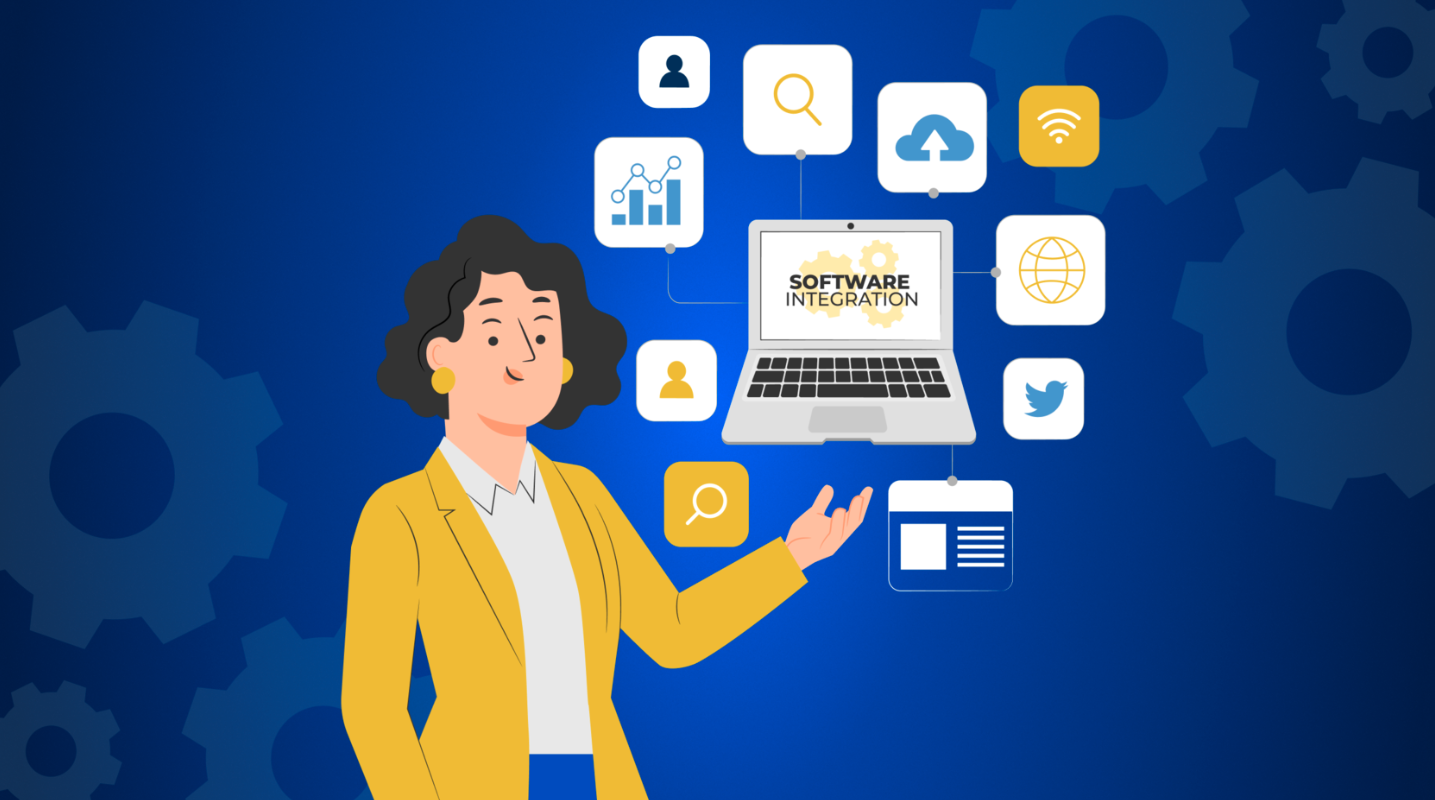
Unlocking Growth with Enterprise Software: Key Features That Drive Success

Cloud ERP vs. On-Premise ERP: Which One Is Right for You?

Boost Supply Chain Efficiency with the Right ERP System
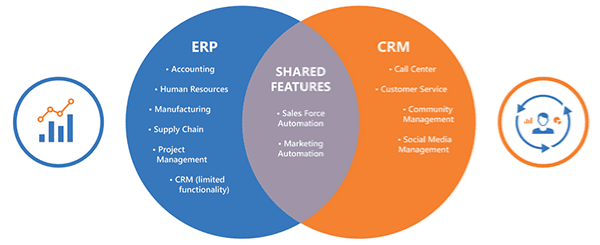
ERP vs. CRM: Understanding the Key Differences for Your Business

5 Key Steps to Successfully Implement an ERP System
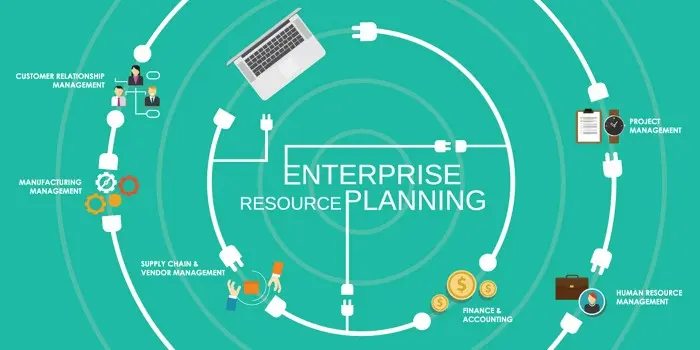
How to Choose the Right ERP System for Small Businesses
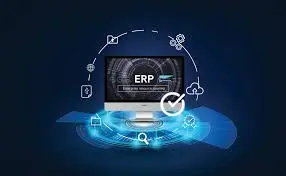
Top 10 Best ERP Software Solutions for 2025
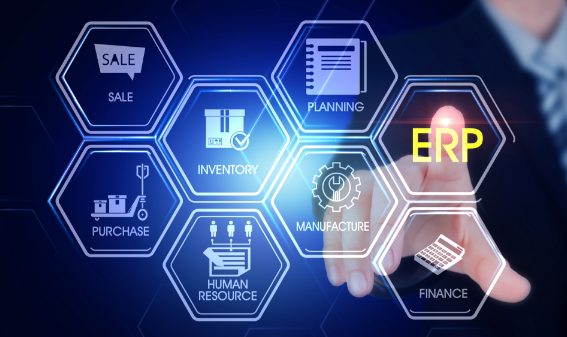
What Is ERP? A Complete Guide to Enterprise Resource Planning
